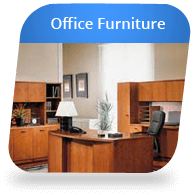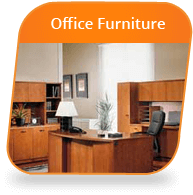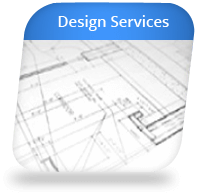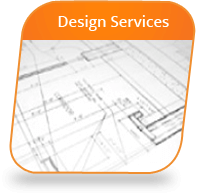
Creating a classroom environment that is conducive to learning is essential for every educator. The physical layout of a classroom can have a tremendous impact on student engagement and learning outcomes. By optimizing the learning environment through customizable classroom arrangements, educators can create an atmosphere that encourages students to be active learners and allows them to fully engage in the learning process while also supporting the goals of the educators themselves. At Louisiana Office Products, we understand the importance of classroom configurations and how they impact student learning and teacher effectiveness.
How Can LAOP Help You?
At LAOP, we understand that every classroom is different, and that’s why we work closely with our clients to ensure that our solutions are tailored to meet their unique needs. Whether you are looking to create a collaborative learning space or a traditional classroom environment, we can help you create the perfect space for your students and educators. We offer a wide range of furniture options, including desks, chairs, tables, and storage units, that are designed to support various teaching styles and student needs.
In addition to furniture, we also offer design and space planning services to help you create a space that is functional, practical, and comfortable. Our team can help you choose the best configurations for your classroom, taking into consideration factors such as classroom size, class size, student needs, and teaching style.
Why Do Classroom Configurations Matter?
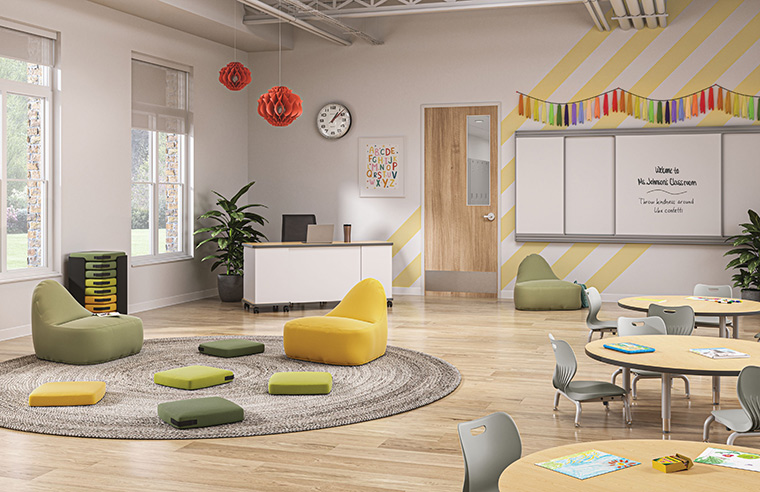
When it comes to learning environments, classroom configurations matter more than you might think. While conventional layouts, such as rows of desks facing the teacher, can work well in certain situations, unconventional arrangements can also prove highly effective. The right classroom setup can create a supportive and engaging environment that optimizes learning for all students.
Innovative arrangements such as clusters of desks, standing desks, and even alternative seating options, like bean bags or exercise balls, can facilitate learning in different ways. For instance, clustered seating can foster collaboration and peer-to-peer learning, while standing desks and ergonomic furniture can help students maintain focus and engagement. Unconventional layouts like these have been shown to be highly effective in a wide range of learning scenarios.
However, classroom configurations are not just about improving student learning; they can also have a profound impact on teacher effectiveness. Teachers who feel supported and comfortable in their environment are more likely to perform well, which ultimately benefits their students. In some cases, unconventional configurations that encourage teacher mobility and facilitate flexible teaching styles can help teachers work more effectively.
The bottom line is that classroom configurations matter because they can enhance the learning experience for both students and teachers. By experimenting with different layouts and considering the unique needs of your classroom, you can optimize your learning environment for maximum effectiveness.
Factors to Consider When Arranging a Classroom Configuration
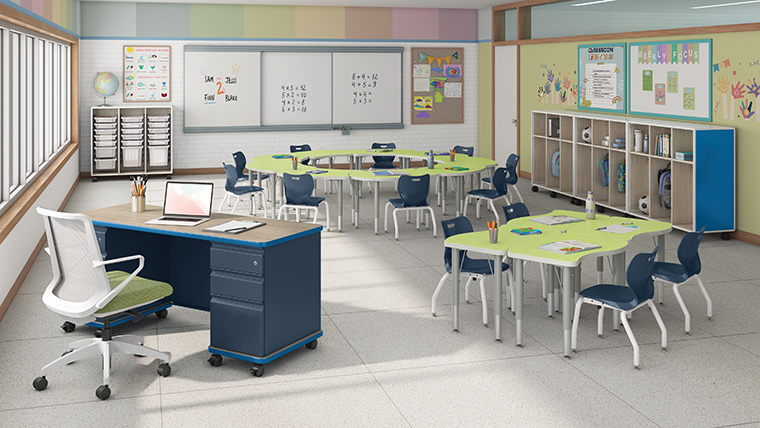
The physical environment of a classroom can significantly affect student learning and teacher effectiveness. It is crucial to choose a classroom configuration that is suitable for the specific needs of your students and the subject matter being taught.
Class Size
One factor to consider is class size. Larger class sizes may require a different layout compared to smaller class sizes. It is essential to make sure that every student has a clear view of the teacher, board, and other essential instructional materials.
Student Age
Another critical factor is the age of the students. For younger students, it may be beneficial to have a more flexible classroom configuration that allows for a variety of activities. For older students, a more structured and formal classroom arrangement may be appropriate but try to explore opportunities for a less fixed environment.
Subject Matter
Subject matter should also be taken into consideration when choosing a classroom configuration. For example, science classes may require more open space for experiments and lab work, while language classes may benefit from a more collaborative configuration.
The Space
The purpose of the space should also be considered. A classroom that doubles as a library or computer lab will need a different configuration than one that is strictly for lecture-style teaching. For this, modular furniture will be your best bet, as it’s easy to adapt depending on the use.
Safety
Safety should also be a top priority when selecting a classroom configuration. The layout should be conducive to fire exits and evacuation procedures, and furniture should be arranged in a way that minimizes the risk of tripping or injury.
The Impact of Classroom Arrangements on Student Learning
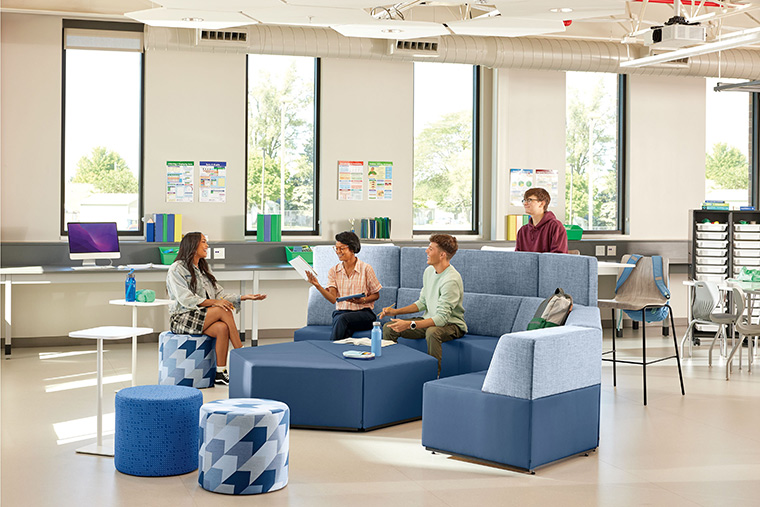
When it comes to student learning, classroom configurations can make a significant difference. According to a study conducted by the University of Salford, classroom design can account for as much as 25% of a student’s academic progress over the course of a school year.
One of the biggest factors in classroom design that impacts student learning is the amount of natural light in the space. The same study from the University of Salford found that students in classrooms with more natural light made 26% more progress in a year than students in classrooms with less light.
Another study, this one conducted by the University of Georgia, found that classroom arrangements that allow for more movement and collaboration can also have a positive impact on student learning. The study showed that students who sat in groups rather than individual desks made significantly more progress in their math and reading skills over the course of a school year.
The Impact of Classroom Arrangements on Teacher Effectiveness
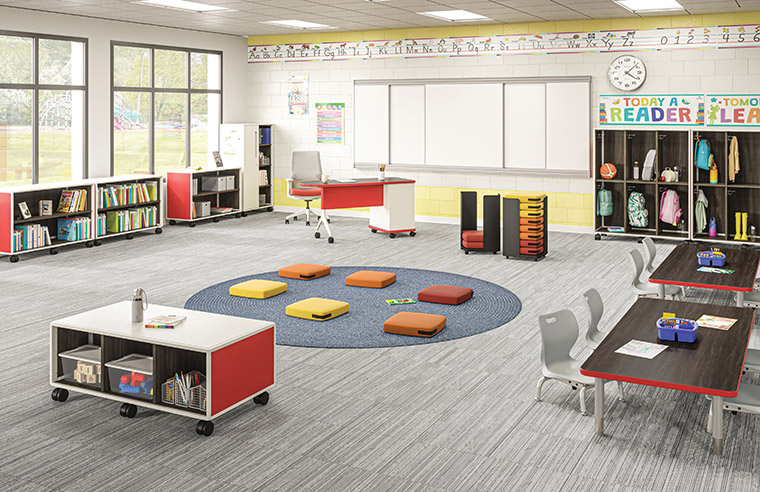
In addition to improving student learning, classroom configurations also have a significant impact on teacher effectiveness. One of the most significant benefits of customized classroom configurations for teachers is that it allows them to optimize their teaching style. With the flexibility to rearrange desks, tables, and chairs, teachers can create an environment that supports their preferred teaching methods and enhances their ability to engage students.
Moreover, classroom configurations can have a direct impact on the quality and frequency of teacher-student interactions. Teachers who are able to move around the classroom and easily interact with their students tend to have more meaningful and productive interactions. A study by The Learning Research and Development Center at the University of Pittsburgh found that classroom configurations that promote teacher mobility increase student engagement and learning outcomes.
The flexibility to rearrange the classroom layout can also benefit teachers in terms of managing classroom dynamics. For example, grouping desks in clusters can facilitate small group activities, while rows or semi-circles can support larger group discussions or lectures.
Customizing Your Classroom Space: Practical Tips and Strategies
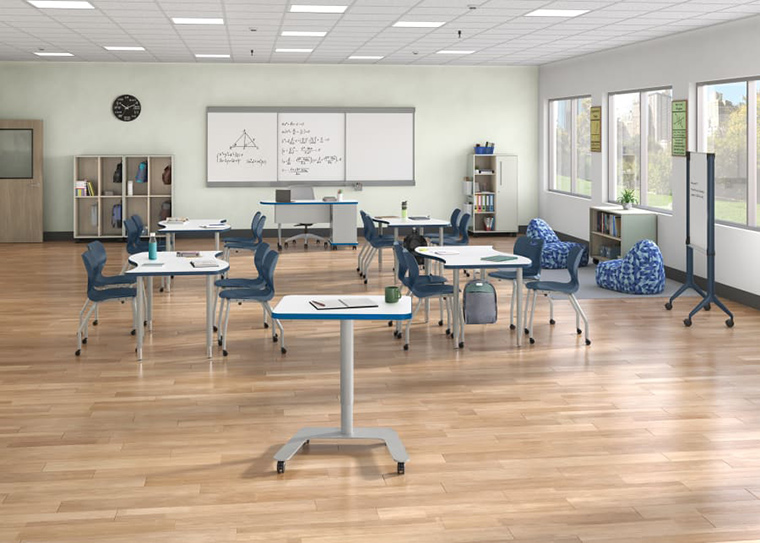
Now that you understand why classroom configurations are so important, it’s time to dive into LAOP’s practical tips and strategies for customizing your classroom space to optimize student learning and teacher effectiveness.
One of the best ways to make your classroom more flexible and versatile is by using rolling or gliding chairs and desks with casters. This makes it easy to rearrange the furniture quickly and effortlessly, without the need for heavy lifting or the difficult reconfiguration of fixed pieces. Not only does this make adjustments easier, it also saves valuable lesson time during the school day.
Another effective way to create a more adaptable classroom is by using accessories like rolling carts for mobile art stations, mobile science experiments, or mobile libraries. This allows you to move these stations around the room or even to other classrooms as needed, giving students more options and opportunities for learning and exploration.
Interchangeable desk accessories are another useful tool for customizing your classroom space. For example, you might consider using clip-on cup holders, book holders, or other desk organizers that can be easily moved from one desk to another as needed.
Finally, don’t forget to incorporate soft seating options into your classroom design, even for older students. Bean bag chairs, floor cushions, and other comfortable seating options can help create a more welcoming and relaxing atmosphere, which can enhance students’ learning experience and foster creativity and collaboration.
LAOP is Here to Help

With decades of experience in the industry, we have built a reputation for excellence in product quality, customer service, and design expertise. We are committed to helping our clients achieve their goals, and we are always here to provide support and advice throughout the process.
